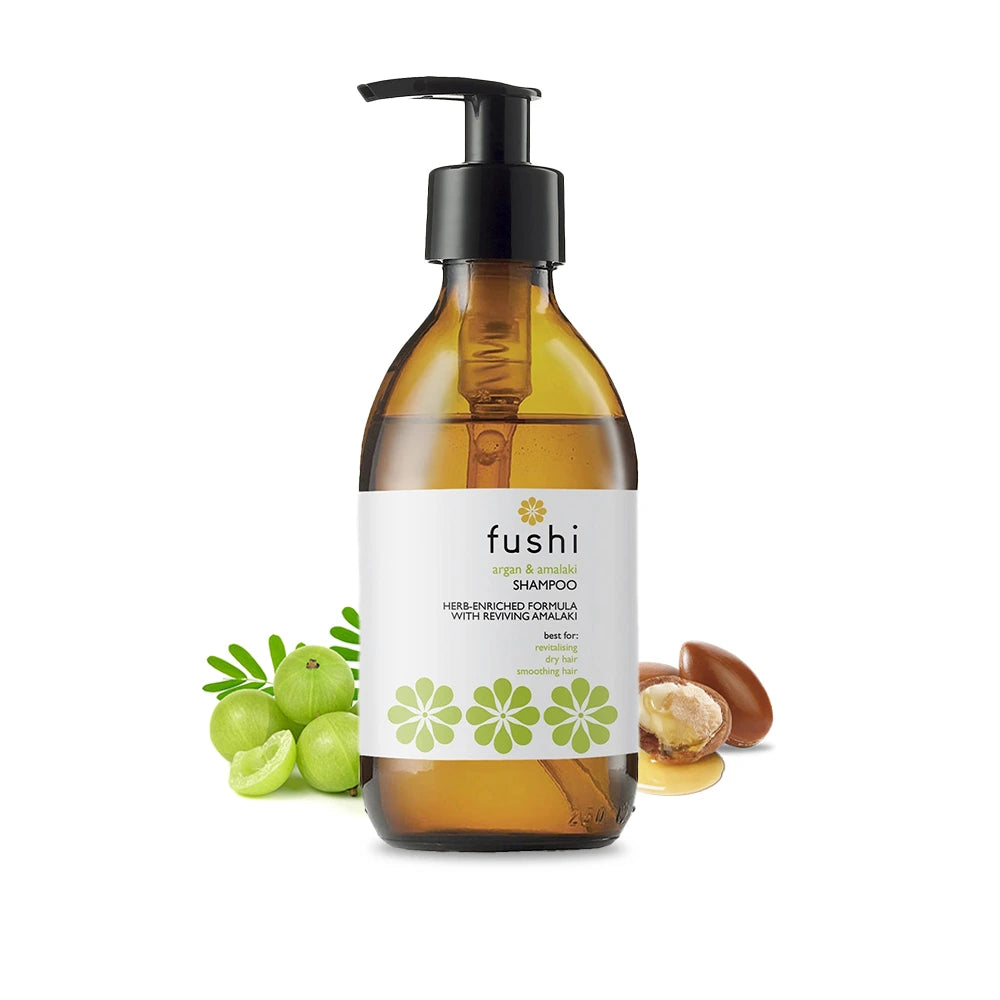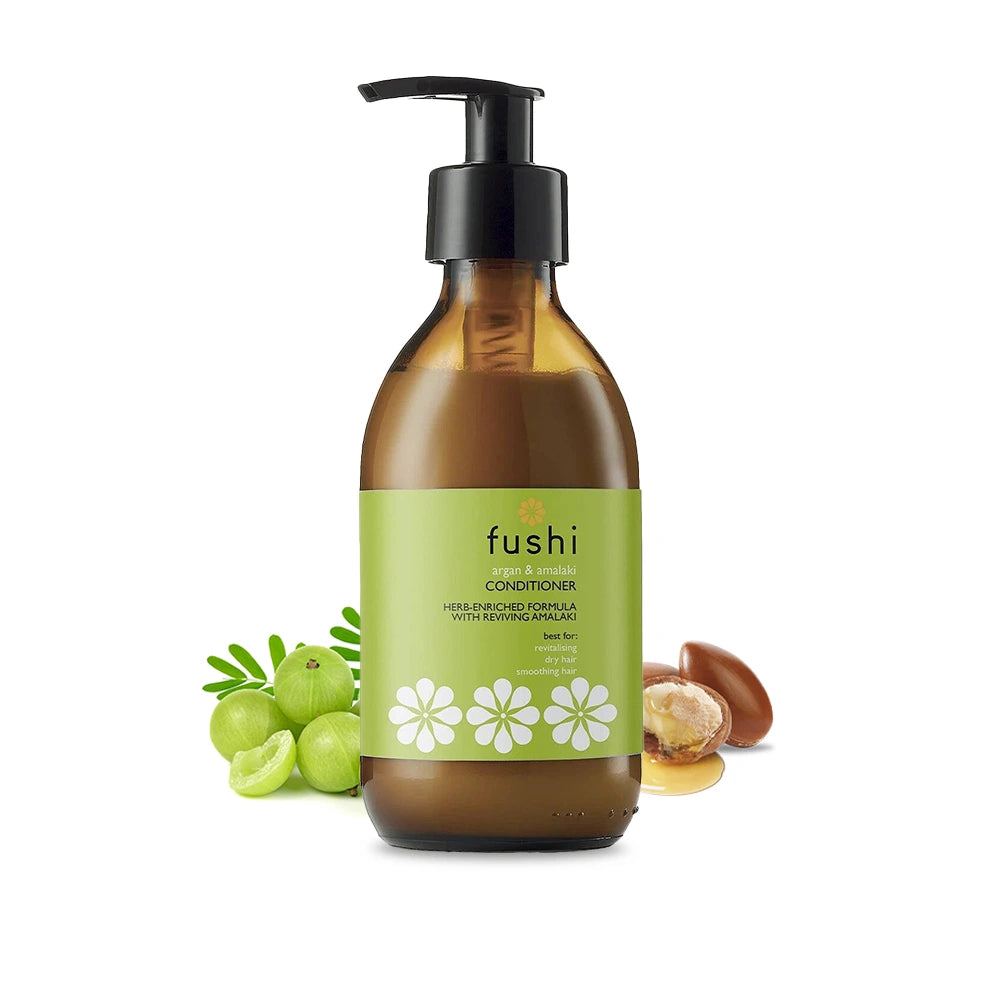
Amla: Health Benefits for your Body, Hair & Skin
Amla the Superfruit
Amla, a "superfruit" grown mostly in India and countries in the region, has acquired popularity across the world. So it comes as no surprise that 20 oranges' worth of vitamin C may be found in just 100 grammes of fresh amla berries.
In scientific literature, the tree is referred to as Emblica myrobalan. It's a little tree with a lot of leaves and a tasty fruit that can be found all throughout India. If cared for properly, a tree can continue to produce fruit for up to 65–70 years. The berry is a vital component in the well-known herbal tonic Chawanprash, because to its high pectin and vitamin C content.

The Amla History
Although we don't know exactly when Ayurvedic practitioners began utilising amla berries, historical records indicate that they have been employed in treatments for at least a thousand years. Incorporating this ancient superfruit into your diet may improve your overall health.
The amla, or Indian gooseberry, has been around for a long time and has many stories associated with it. One myth claims that tears began to fall from Vishnu's eyes while Brahma was deep in meditation. The amla tree is said to have sprouted when Vishnu's tears fell to the ground.
The second myth describes a conflict between divine beings and demonic entities. After a while, Amrit began to fall down to the ground. In this way, the Amla is thought to be transformed from the drops of Amrit.
So, it's safe to say. The use of amla has been around for quite some time. It dates back to the time when gods supposedly walked the earth.
Amla's Health Benefits
Amla is connected to a wide variety of health benefits. Let's find out more about them, shall we?
The Amla Fruit is Beneficial for Hair Care in Many Ways

Amla has been linked to both increased hair growth and deeper, more natural hair colour. Its use dates back to antiquity. It helps keep colour true, adds shine, and fortifies the hair's foundation.
Amla powder is commonly used for hair because it contains carotene, iron, and general antioxidant capacity, all of which work together to prevent hair loss.
A Superfood for Healthy Eye
Using Amla on a regular basis can greatly benefit eyesight. One study shows that amla can help with myopia, cataracts, and intraocular pressure. Thanks to the high carotene content, this food has a significant impact on eye health. Whereas Vitamin A helps prevent macular degeneration, night blindness, and other eye conditions.
Helps the body absorb more calcium, which improves bone health
It is common knowledge that calcium helps maintain healthy bones, teeth, and nails and contributes to shiny hair. Rare among amla's benefits is the fact that it improves calcium absorption. In this way, amla increases calcium levels with consistent use.
For PMS Pain Relief
Amla's vitamin and mineral content makes it a helpful remedy for relieving the pain and discomfort of menstrual cramps. Since it takes time for the body to produce these components, it is recommended that Amla be consumed on a daily basis to ensure that they are always present in the body and to prevent monthly menstrual cramps in women.
Diabetes and the Amla Fruit
Patients suffering from diabetes can benefit greatly from the chromium found in amla. Incorporating amla into one's daily routine has been shown to be beneficial in terms of lowering one's blood sugar level because it helps to stimulate the cells that are responsible for insulin production. In addition to maintaining the body's equilibrium and good health, it brings the sugar level back to normal.
It is Beneficial to the Digestive System
Amla is rich in dietary fibre. As a result, it's a useful fruit for improving and maintaining good digestion. Fiber increases stool volume, speeds up food transit through the digestive tract, and promotes regular bowel movements. You can also get relief from constipation. It's useful for breaking down food that hasn't been fully digested.
For a Healthy Heart
Amla is effective for lowering high cholesterol, opening up blood vessels, preventing plaque buildup in vessels and arteries, lowering the risk of strokes, and many other things. In addition, the presence of iron encourages the production of new red blood cells, which in turn leads to an increase in circulation and the oxygenation of the organ's cells.
Enhance Your Body's Defenses
The astringent and antibacterial properties in amla help keep you healthy and strong. They also contain a lot of vitamin C, which helps strengthen the immune system and is known for being an effective antioxidant.
It raises the number of white blood cells, the immune system's first line of defence, which destroys and flushes out harmful toxins and foreign substances in the body's circulation system.
A Natural Anti-Aging Remedy
Skin ageing signs like wrinkles and age spots have been linked to free radicals. Amla's antioxidant properties help lower the body's free radical count, thereby reducing the risk of hyperlipidemia due to health issues.
Performs a Diuretic Function
As a fruit, it contains a lot of water, and it also has a mild diuretic effect. The quantity and regularity of urination increase as a result. Urination helps get rid of waste and excess water, salts, and uric acid. In addition, as much as 4% of pee is composed of fat, it can also assist in weight loss. Therefore, a diuretic is always necessary for maintaining healthy kidneys and avoiding urinary and uterine infections.
Any medicine or herb requires precaution to avoid side effects. Don't underestimate fruit or herb. Natural herbs can cause side effects if used improperly or in excess.
Let's look at some Amla or Amla juice precautions
- Use by pregnant or breastfeeding women isn't well-studied. In that case, avoid it or consult a doctor.
- If you have a bleeding disorder, you should avoid using it without first consulting a medical professional.
- It is used, as is common knowledge, to bring the level of sugar in the blood back to normal. Do not consume it without first consulting your doctor if you are currently taking medication for diabetes.
- Combining Amla with ginger, Tinospora cordifolia, and Indian frankincense may aggravate liver disease in people who already have it. It is unknown, however, whether consuming amla alone can produce these results.
- Amla use during and after surgery may increase the risk of bleeding. Stop taking it at least two weeks before your surgery.
Note: When searching for Amla by its INCI name on a label, look for either Emblica officinalis Gaertn. or Phyllanthus emblica L.

The Food Safety and Standards Authority of India recommends a daily dose of:
- As fresh fruit – 20 to 30 g (0.7 to 1 oz)
- In powdered form – 3 to 6 g (0.1058 to 0.2116 oz)
- As concentrated Juice – 5 to 10 ml (0.16907 - 0.33814 fl oz)
- As extract – 1 to 3 g (0.0353 - 0.1058 oz)
Note: A healthy dose of Amla or Indian Gooseberry is key. Any natural herb overdose is unhealthy.
We recommend asking a doctor about the dose. Age, health, and other factors affect an individual's dose.
Frequently Asked Questions about Amla
What is Amla's full name in English?
In English, amla is often referred to as Indian gooseberry.
What function does it serve?
Amla has many uses. It's high in phytonutrients and antioxidants, which help fight free radicals and oxidative stress.
What are the effects of daily consumption?
Regular consumption of amla in an appropriate dosage is beneficial. It is beneficial for skin health, brain health, hair health, eye health, and blood sugar regulation. combat the diseases and more.
Is it bad for my health?
Amla is safe if used properly. If you're pregnant, breastfeeding, have bleeding disorders, etc., seek medical advice.
Is it bad for my liver?
No, amla is not bad for the liver. Instead, it is better for the liver to remove the toxic substance and clean the liver. Regular use keeps the liver healthy.
It is bad for the kidneys?
No, amla is not harmful to the kidneys. When used correctly, it is good for the kidneys just like it is good for the liver. Instead, you can improve the kidney's function.
Is it good for people with diabetes?
Yes, it is beneficial for diabetics. It can bring the level of sugar in the blood back to normal and keep the insulin hormones in balance. A diabetic person should talk to their doctor about adding it to their diet to keep their blood sugar level in the body at a healthy level.
How much amla should you eat each day?
In a day, you can consume 20-30 g (0.7-1 oz) of fresh Amla. More than that, it may have a negative impact on your health. When using it or any other natural herb, make sure to stick to the recommended dosage.
Which acid is found in Amla?
It contains a lot of vitamin C, also known as ascorbic acid.
Is it true that amla has the potential to cause kidney stones?
There is no link between amla consumption and kidney stones. Using amla or Indian gooseberry instead improves kidney function and promotes kidney health.
Which vitamin is contained within Amla?
It contains a considerable amount of Vitamin C. It is anti-inflammatory and beneficial to the human body due to its high vitamin C content.
How do you apply Amla powder to your hair?
Hair health can be greatly improved by using Amla powder. In order to make a mask for your hair and scalp, combine some powder with Aloe Vera Juice (Hair Oil or water). After waiting at least half an hour, give it a quick rinse in cold water. In exchange, you get hair that is thick, long, and lustrous.
To summarise, there is substantial evidence to suggest that consuming amla in the appropriate manner may confer a number of positive health effects. Because of the inherent properties that it possesses, it also confers a number of advantages with regard to the preservation of healthy hair and the scalp.






















Leave a comment
This site is protected by hCaptcha and the hCaptcha Privacy Policy and Terms of Service apply.